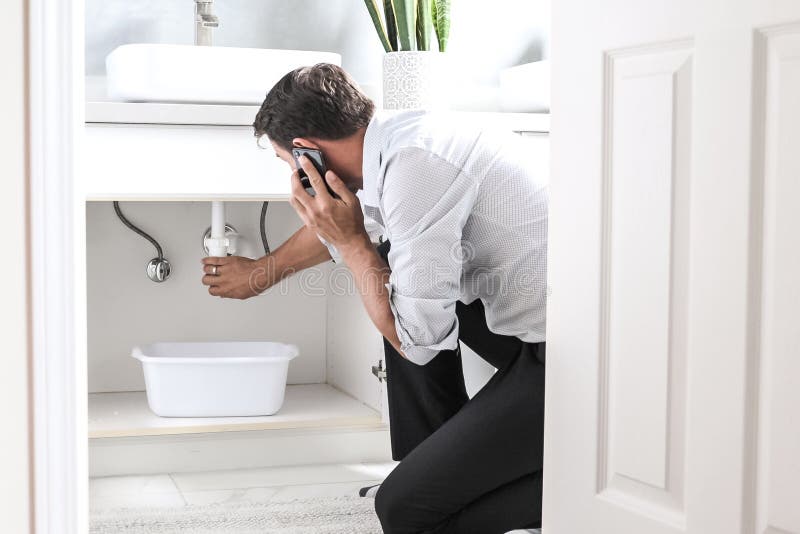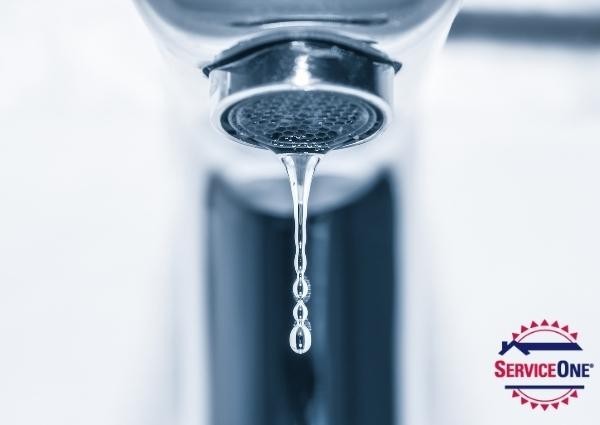Bathroom Water Leaks: Understanding Detection and Solving Approaches
Bathroom Water Leaks: Understanding Detection and Solving Approaches
Blog Article
Each person may have their personal conception when it comes to How to Check for Bathroom Leaks.

Shower room leaks are frustrating as they disrupt your day's plan. They vary in severity depending on the resource of the leakage. You have to prioritize them, as they can swiftly intensify. It is a relief that a lot of shower room leakages are very easy to identify and also deal with, with marginal expense ramifications.
Having a water leak in restroom can be difficult to the home owner. The article serves as a "first aid" when you need an emergency response to a water leak in bathroom.
Detection and also Fixing of Water Leakage in Washroom
Water leak in shower room generally results from plumbing as well as pipeline mistakes. There are several types of bathroom leaks. You may need a basic expertise of these leakage kinds to identify the water leak in restroom. Below are the usual washroom leaks and take care of ideas:
Splash Leaks
These usually result from water spilling on the bathroom floor from the tub. It issues of using a poor shower curtain or worn tub cellular lining. It harms the bathroom floor and might trigger rot to wood floors and also restroom doors. The water normally swimming pools around the tub or shower. This might result in even worse bathroom damage without punctual handling.
What to Do
If the leak has actually harmed the bathroom floor or door, you may require to transform these to protect against further damage. The great news is that you can include a pipes expert to aid with the washroom fixing.
Commode Leaks
In some cases, water leakages from the toilet and also pools around the bathroom base. It is an eye sore in the restroom and also needs timely focus. In some cases, it arises from a loose connection in between the container and the bathroom. This triggers water to trickle from the tank to the floor. It may likewise arise from splits in the toilet dish or a defective shut-off valve.
What to Do
You just require to tighten them if there are loosened screws between the cistern and also bathroom. In some cases you might need to reapply wax on the gasket or call a bathroom leakage specialist to replace worn or damaged parts.
Clogged Shower Room Sinks
Occasionally, the water leakage in bathroom results from sink clogs. This is frequently a problem to property owners as well as may be unpleasant. Clogs might arise from the accumulation of soap scum, hair particles, or particles that block the drain. It is easy to deal with obstructions, as well as you may not require professional abilities.
What to Do
You can make use of a drain snake to remove the debris in the drainpipe as well as allow the stationary water flow. Drain pipes cleaners are also available in stores as well as are easy to use. A plunger is likewise practical in clearing your drain. It is a common house device as well as is available in useful in removing aggravating blockages in sinks and also drains.
Verdict
Water leakages in the shower room are preventable events in the home. Maintenance and also regular checks assist to keep everything in good form. Yet, you can never be too mindful, as well as these events still take place. When they do, fix them immediately, or engage the services of a specialist.
The short article offers as a "very first aid" when you require an emergency situation response to a water leak in shower room.
Water leakage in bathroom frequently results from plumbing as well as pipeline mistakes. You may need a fundamental understanding of these leakage kinds to find the water leakage in washroom. It harms the shower room floor and may create rot to wood floors and bathroom doors. Sometimes, the water leakage in washroom results from sink blockages.
Water Leaking in the Bathroom Wall
A GUIDE TO FINDING LEAKS IN BATHROOM WALLS
Paint or Wallpaper Peeling: This sign is easily spotted, so it cannot be missed. A leak in the wall can lead to wallpaper that separates along seams or paint that bubbles or flakes off the walls. Musty Smells: The damp flooring and plaster inside the wall grow an odor similar to wet cardboard as water slowly drips from a leaky pipe inside the wall. You can find leaks hidden beneath a musty odor. Growing Stains: The interior of a wall affected by a leaky pipe sometimes becomes infested with mold. Often, your indicator of a hidden plumbing problem is a growing strain on otherwise clean plaster. Structural Damage: Do not overlook constant moisture inside the walls of bathrooms when ceilings or floors become structurally compromised. Water-damaged walls can damage adjacent surfaces and stain flooring and ceilings. Unusual Discoloration: The wet spots may eventually dry when a leak penetrates deeper inside a wall. The stains they leave behind are paler than the adjacent paint or surface. Dripping Sound: It is common to hear dripping sounds inside walls when water runs down them. A squeaking noise can be heard while turning off a valve in a sink, bathtub, or shower. When flushing the toilet, you may also hear this noise. A GUIDE TO REPAIRING WATER LEAKAGE
Verify The Wall Leak: Shut down your main water supply and note the reading on your water meter. If the meter reading rises after a few hours, the leak is inside the house. In the absence of any changes, the leak may be the result of clogged gutters or drains. Turn off the water: You can turn off the water after you confirm the leak is within the walls. If you’re beginning repairs, drain as much water from the pipes as possible. Find & Fix The Leakage: Locate the wettest area on the wall with a moisture meter or infrared camera. Patch kits can stop the leak, but the fix might only be short-term. In the next few days, double-check the area to ensure the leak is no longer present. Removing mold and cleaning all surfaces: Dish soap and warm water should be used to clean affected areas. Bleach and water are recommended for disinfecting nonporous surfaces. Fan and dehumidifier running will speed up drying time. Remove mold growth immediately from walls, ceilings, and other surfaces. https://wlstaton.com/how-to-find-and-repair-water-leaking-in-the-bathroom-wall/

Do you enjoy more info about How to Detect and Fix a Bathroom Leak? Leave feedback directly below. We'd be glad to listen to your opinion about this write up. In hopes that you visit us again soon. Kindly take the time to promote this blog posting if you liked it. Thank you for your time. Don't hesitate to check our blog back soon.
Ring for results! Report this page